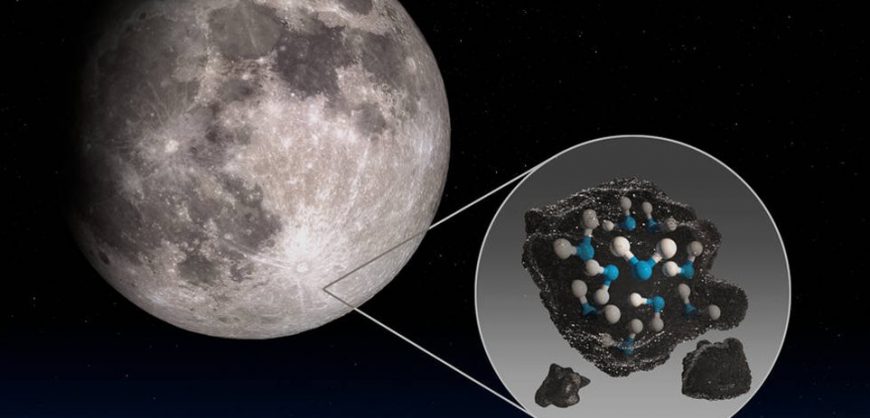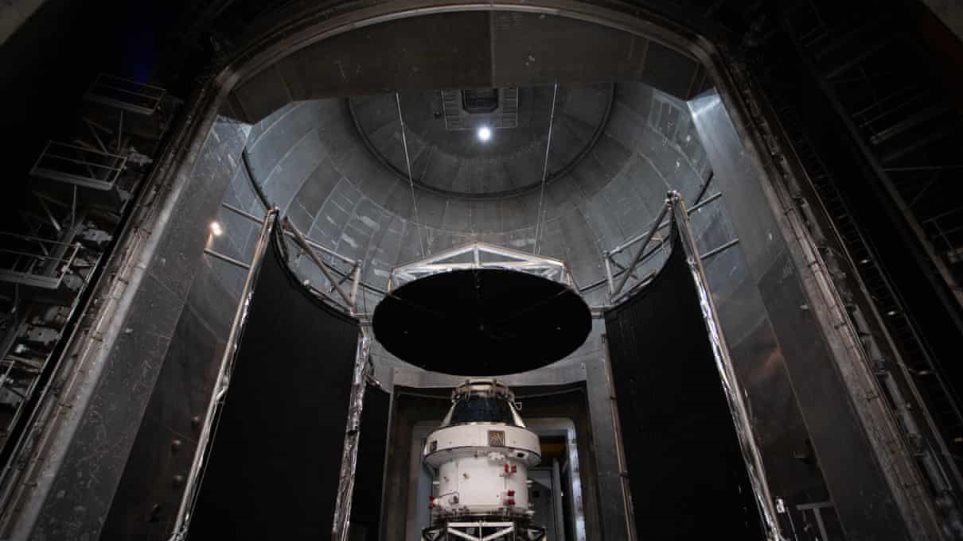Eleven years ago, a trio of spacecraft changed our view of the moon forever. Data collected by the robotic travelers indicated Earth’s only natural satellite was not a dry, dusty desert as we’d long believed. The spacecraft picked up the telltale chemical signature of water. Our moon wasn’t soaking, but it was damp.
Scientists couldn’t pull apart the chemical signature to definitively say how much was “molecular” water, the stuff we know as H2O, and how much was hydroxyl, a molecule that’s one hydrogen atom short of becoming water (OH). The discoveries in 2009 led scientists to suspect much of the moon’s “water” was hydroxyl, because it’s more thermally stable than molecular water.
On Monday, two studies, published in the journal Nature Astronomy, rewrite the moon water story once again.
In the first study, scientists examined the moon’s face in infrared, zeroing in on the source of the chemical signature in exquisite clarity. They determined it’s predominantly H2O that exists on the lunar surface, rather than hydroxyl.
Turkey canceled NAVTEX for exercises on October 28th
‘Fake Melania Trump’ conspiracy re-emerges online (photos)
“The detection is very unique for molecular water,” says Shuai Li, a planetary scientist at the University of Hawaii and co-author on one of the new studies. The water signature was detected on the moon’s illuminated surface, where the molecule would be exposed to UV radiation and where temperatures fluctuate dramatically between dawn, noon and dusk. It’s somewhat surprising, but it’s conclusive. “Based on our knowledge, it cannot be anything else,” Li says.
Read more: cnet



































